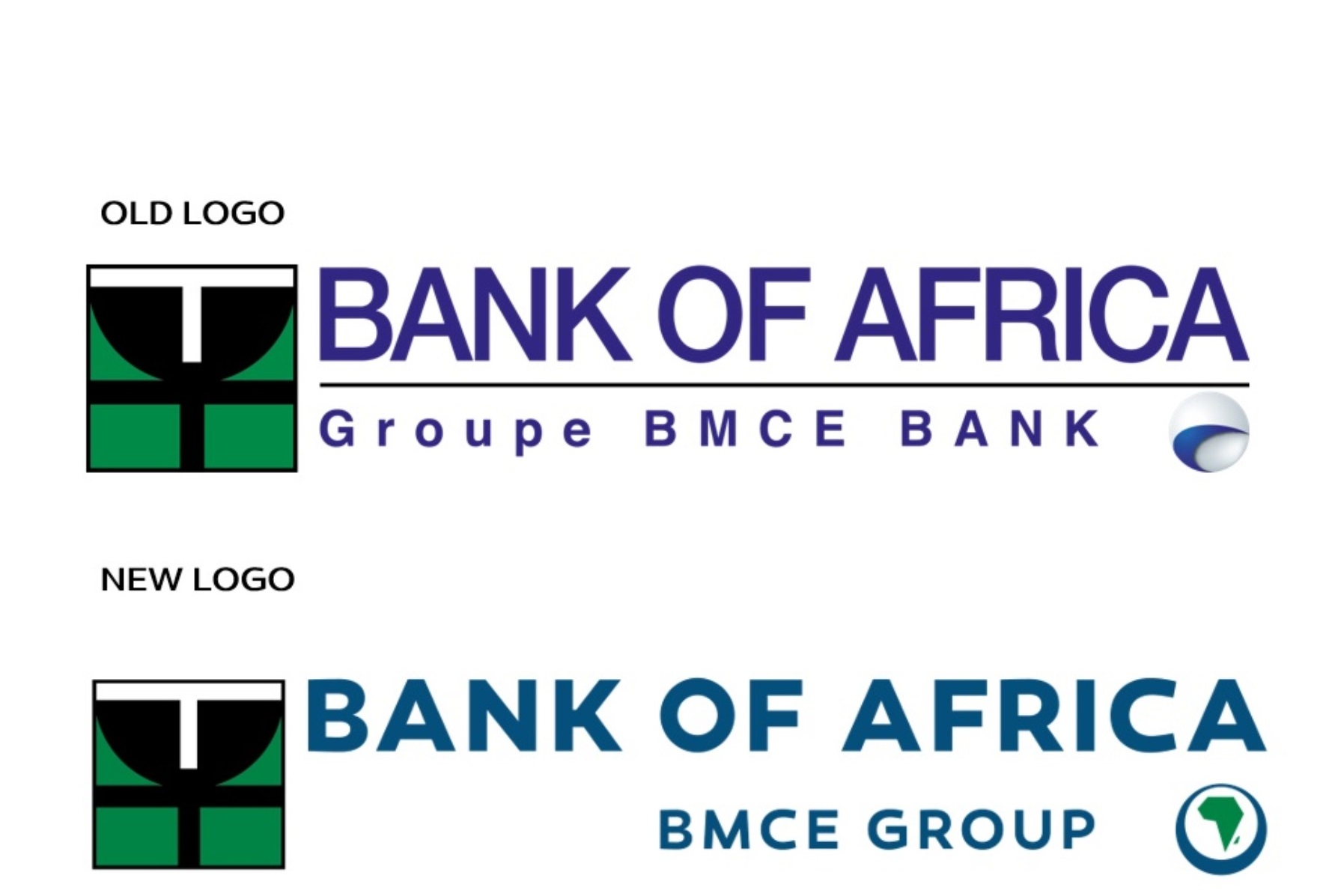Due to an explosion of technology, the world is becoming one big borderless global trading village, active 24/7. The way of life is now more synchronized providing endless opportunities for…
From BMCE Bank of Africa to simply, “Bank Of Africa”— a story of commitment to Africa, resilience, and growth of one of Africa’s largest banking groups As strong as a group and as close as a partner; inside Bank of Africa’s Group rebranding and what it means for its subsidiaries, including Uganda.


